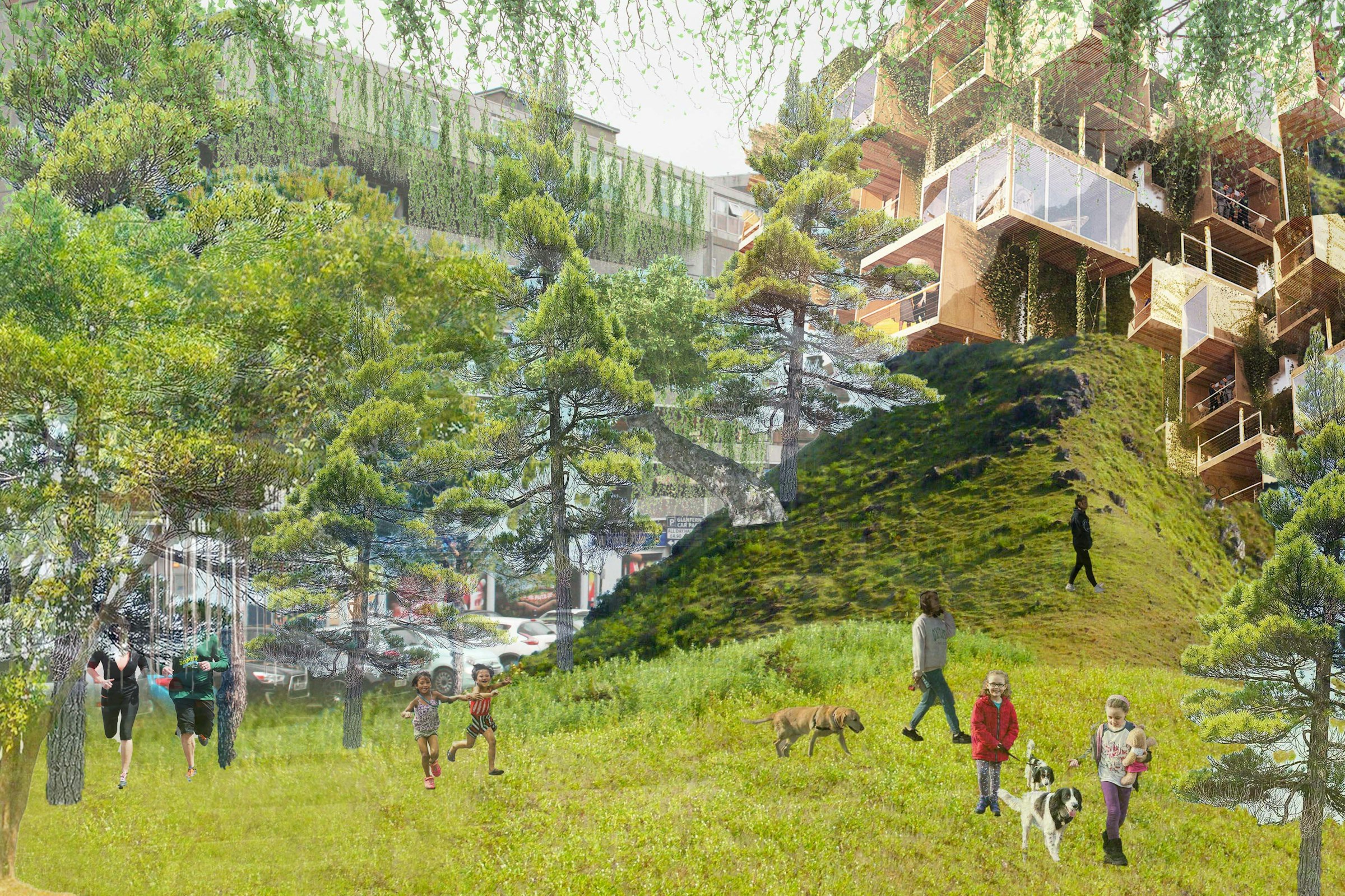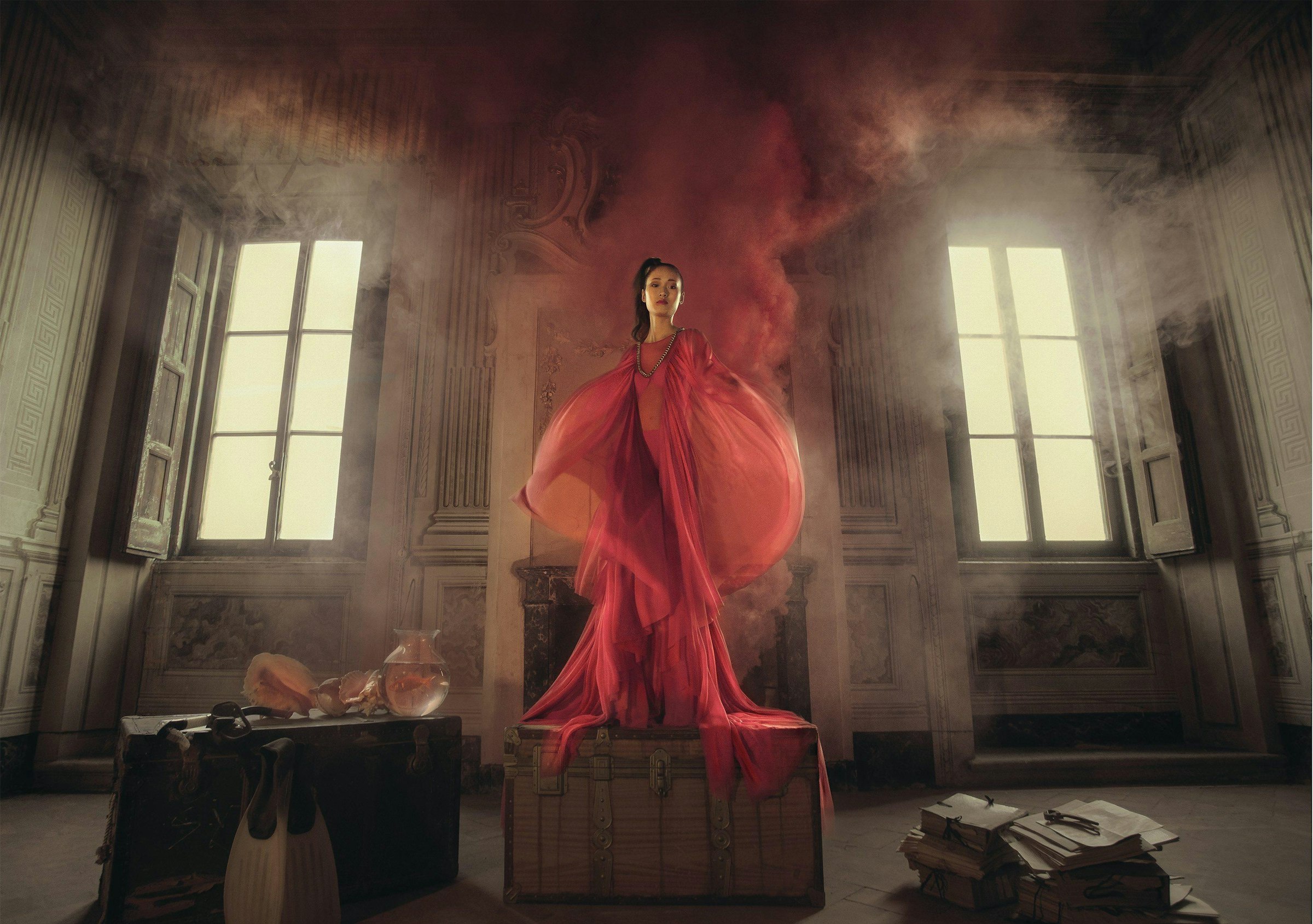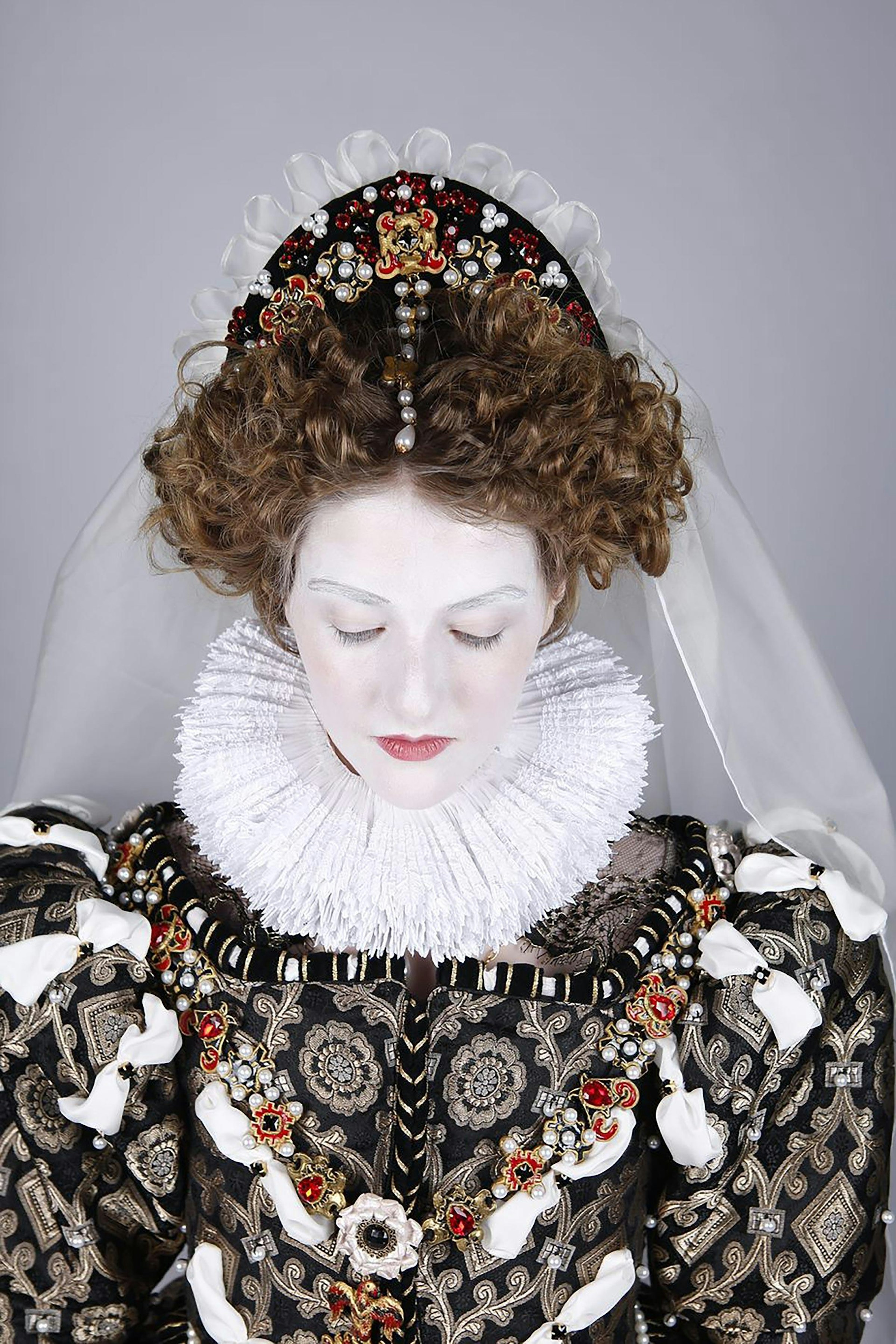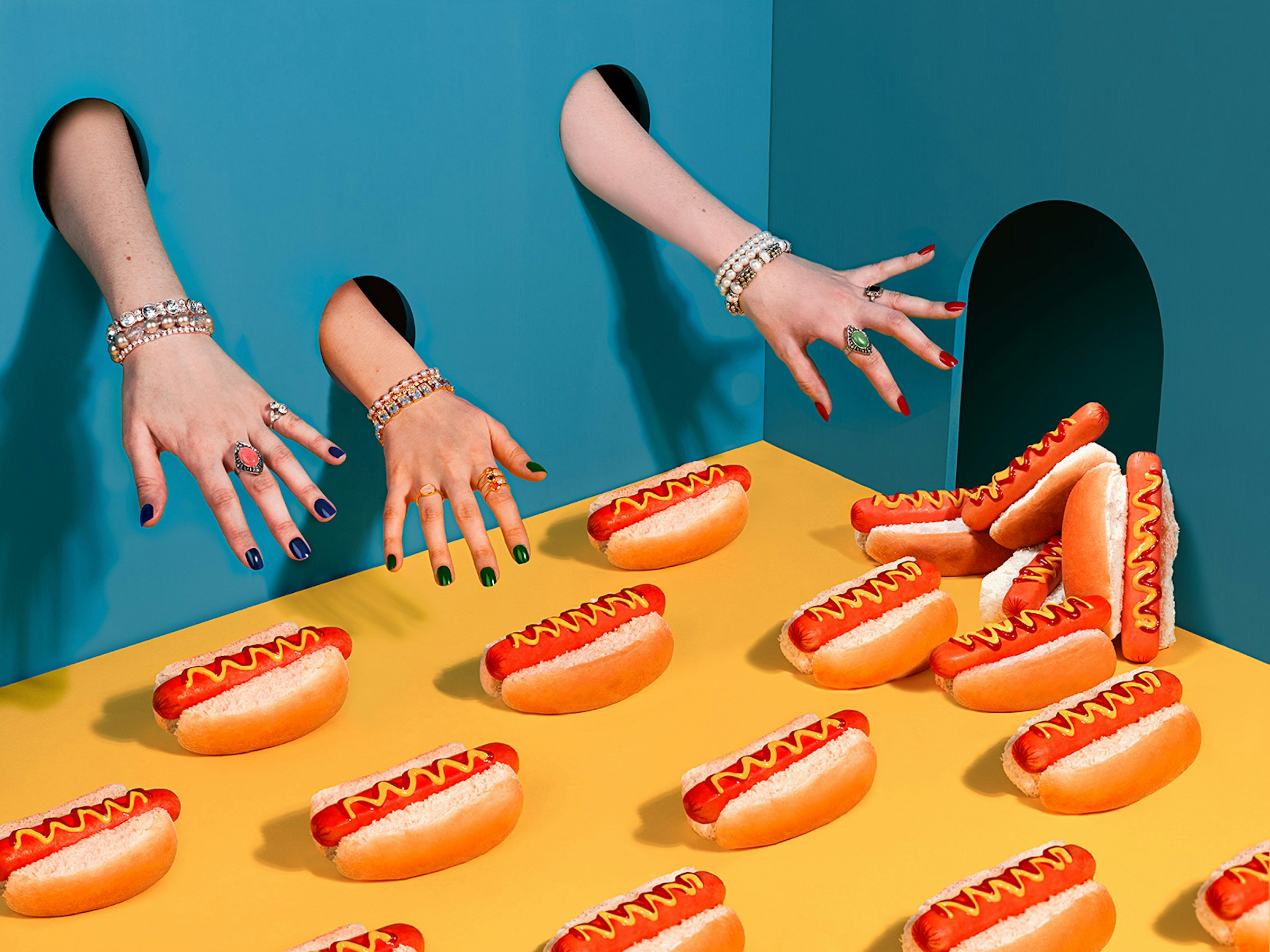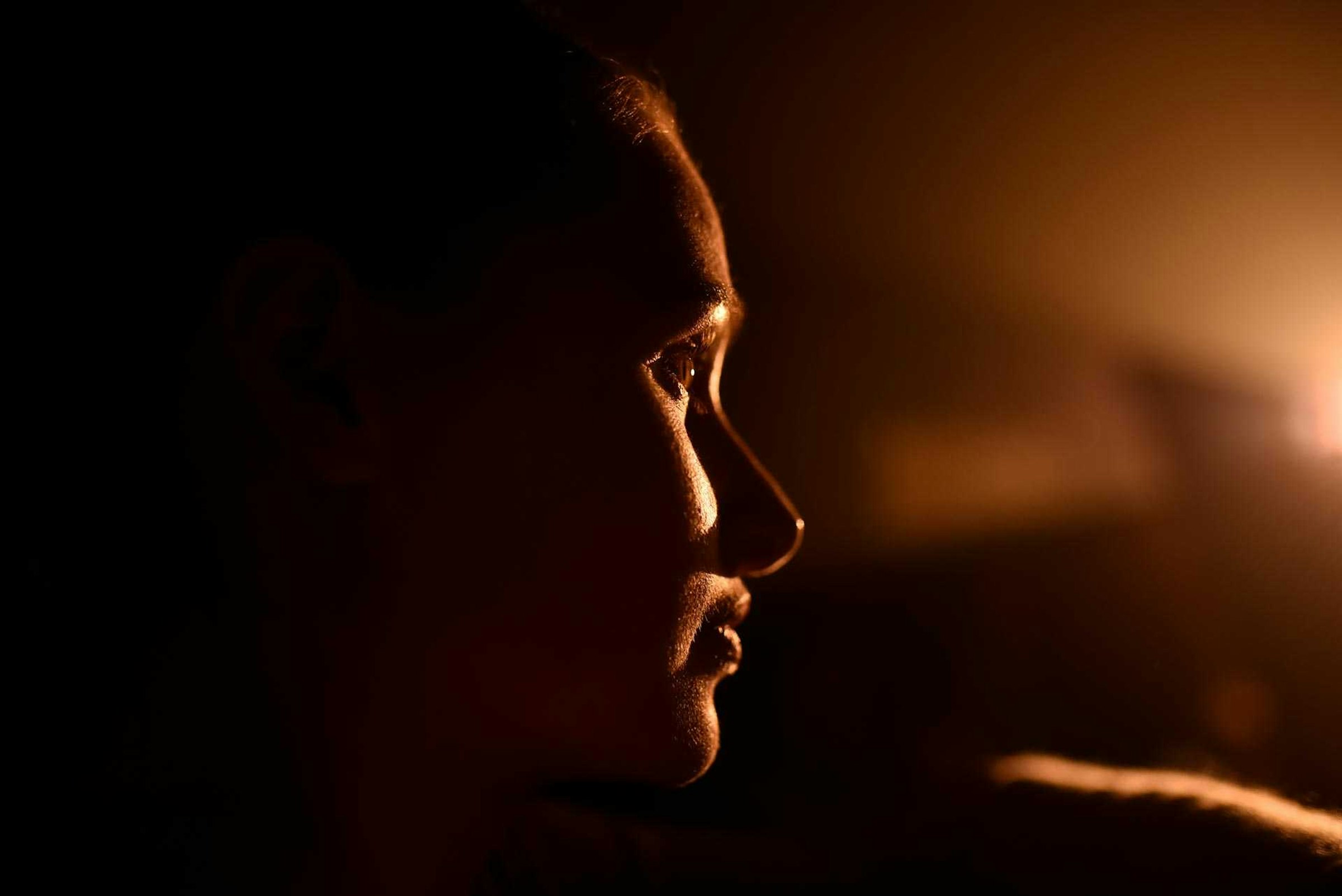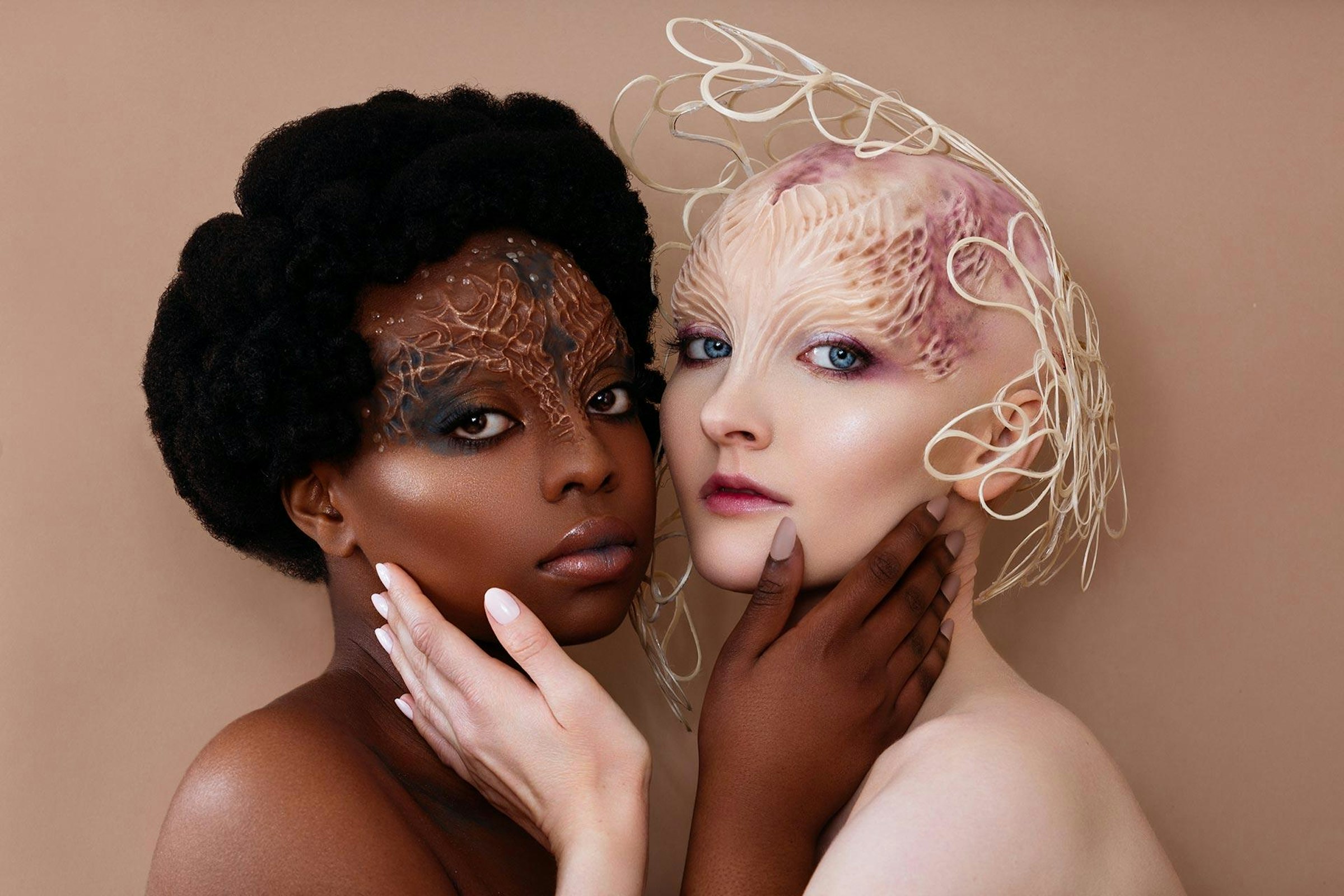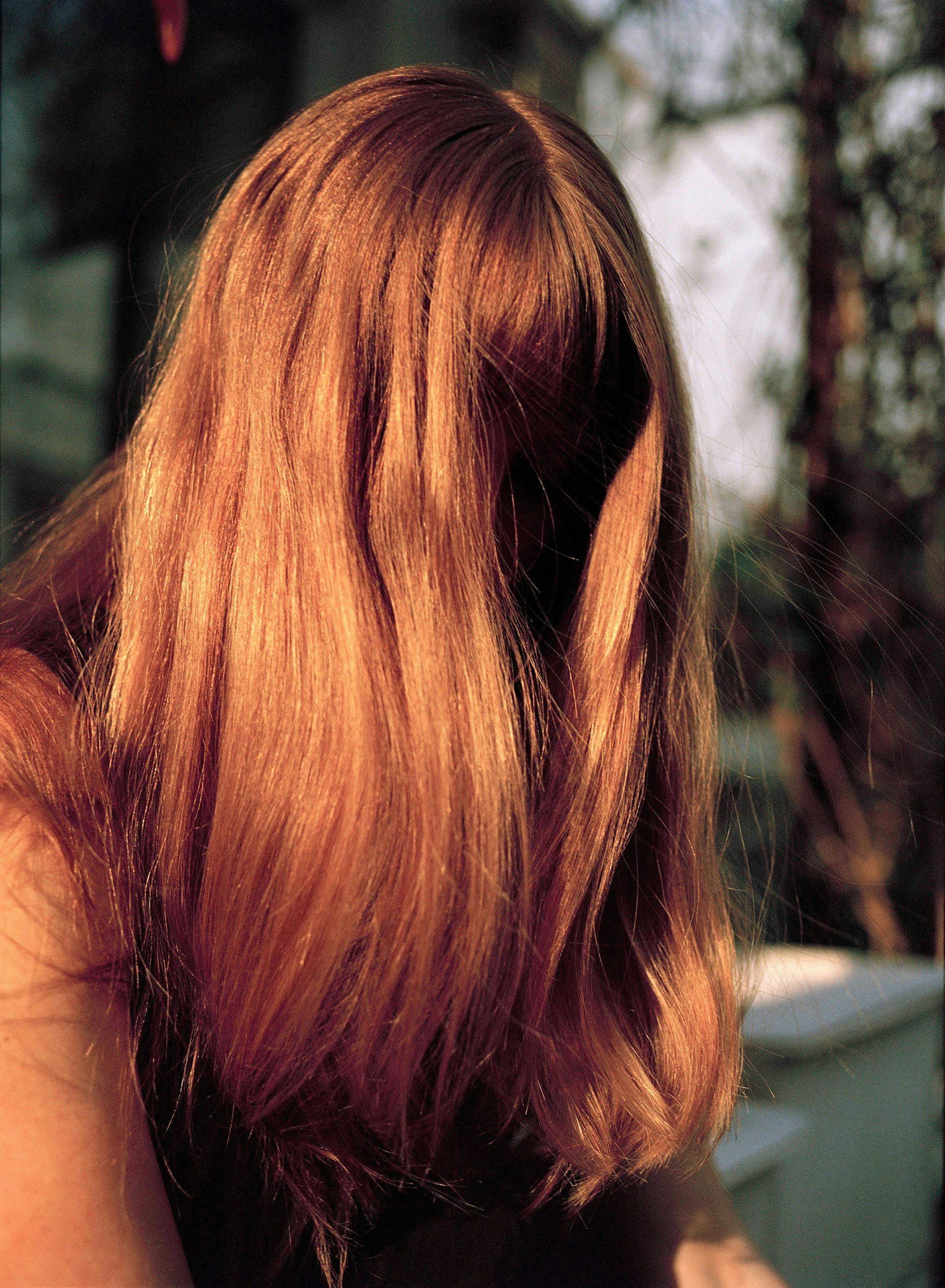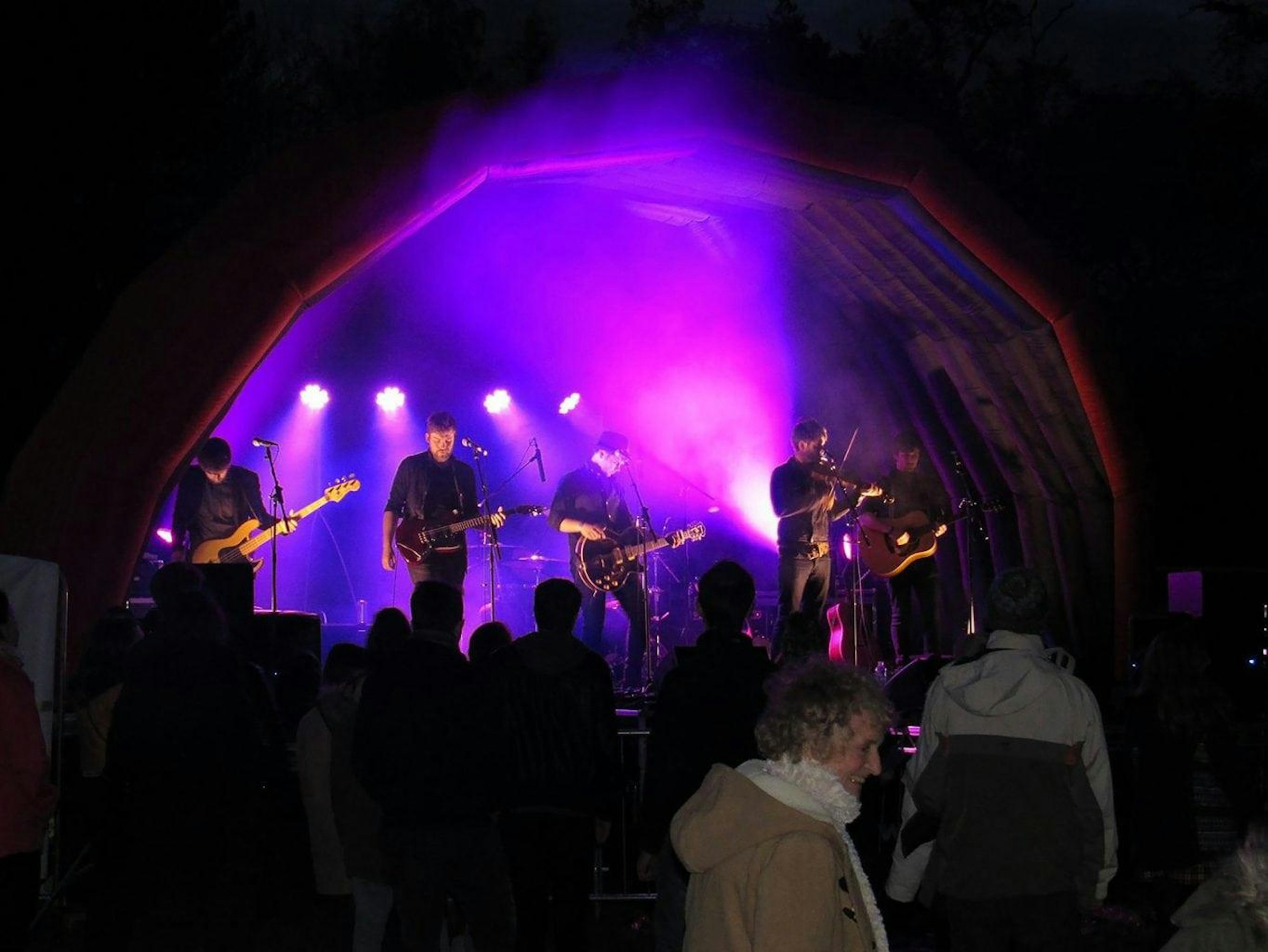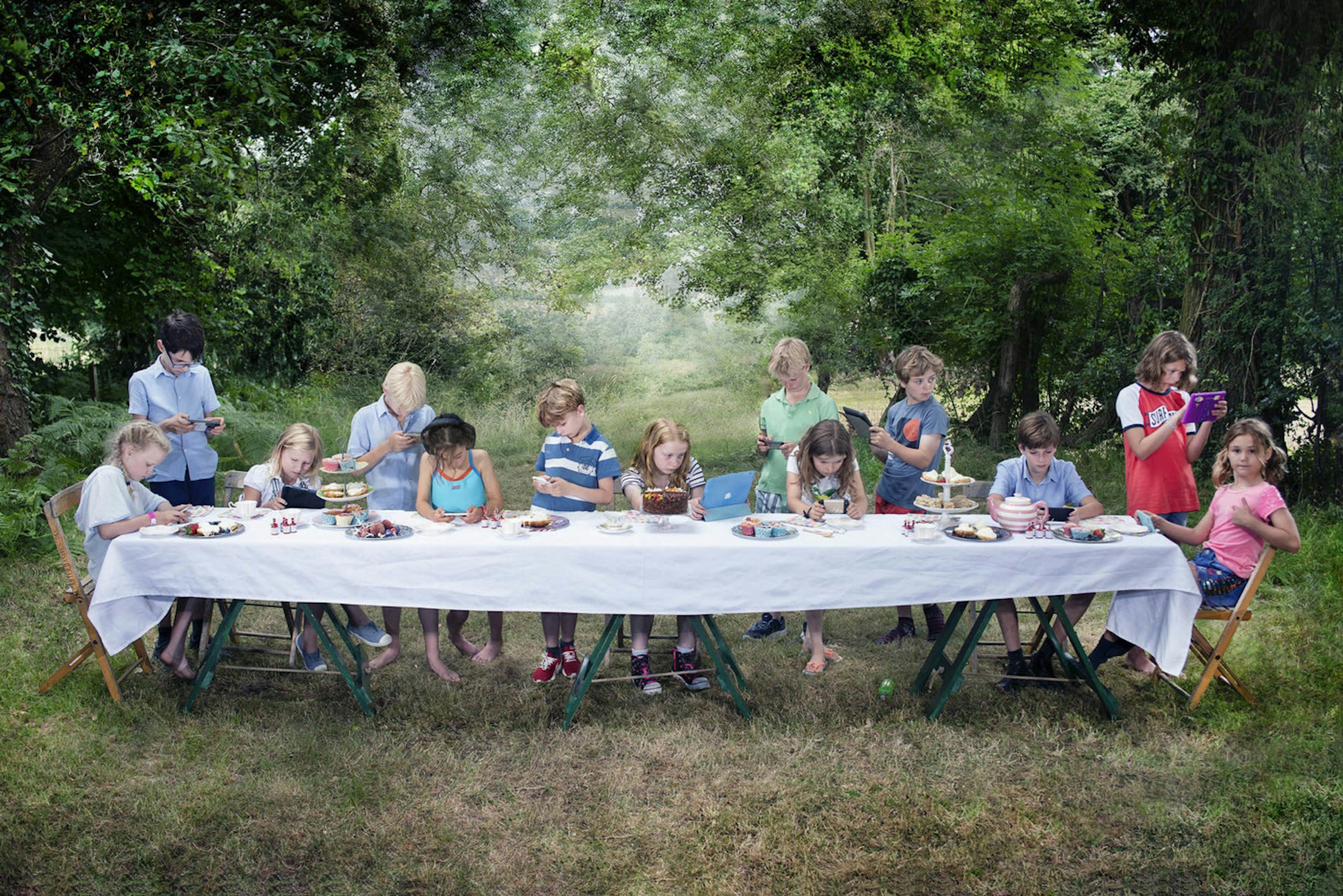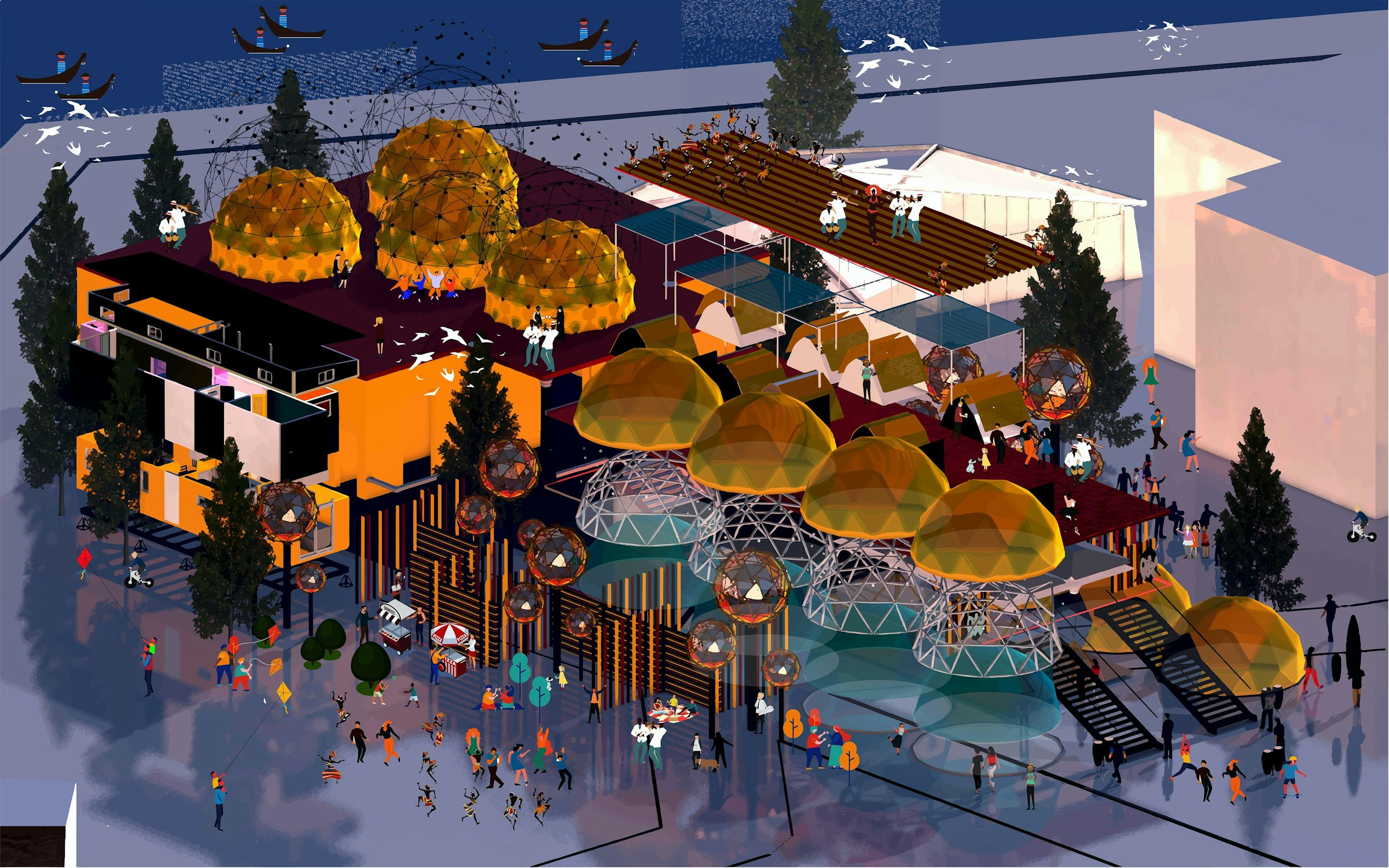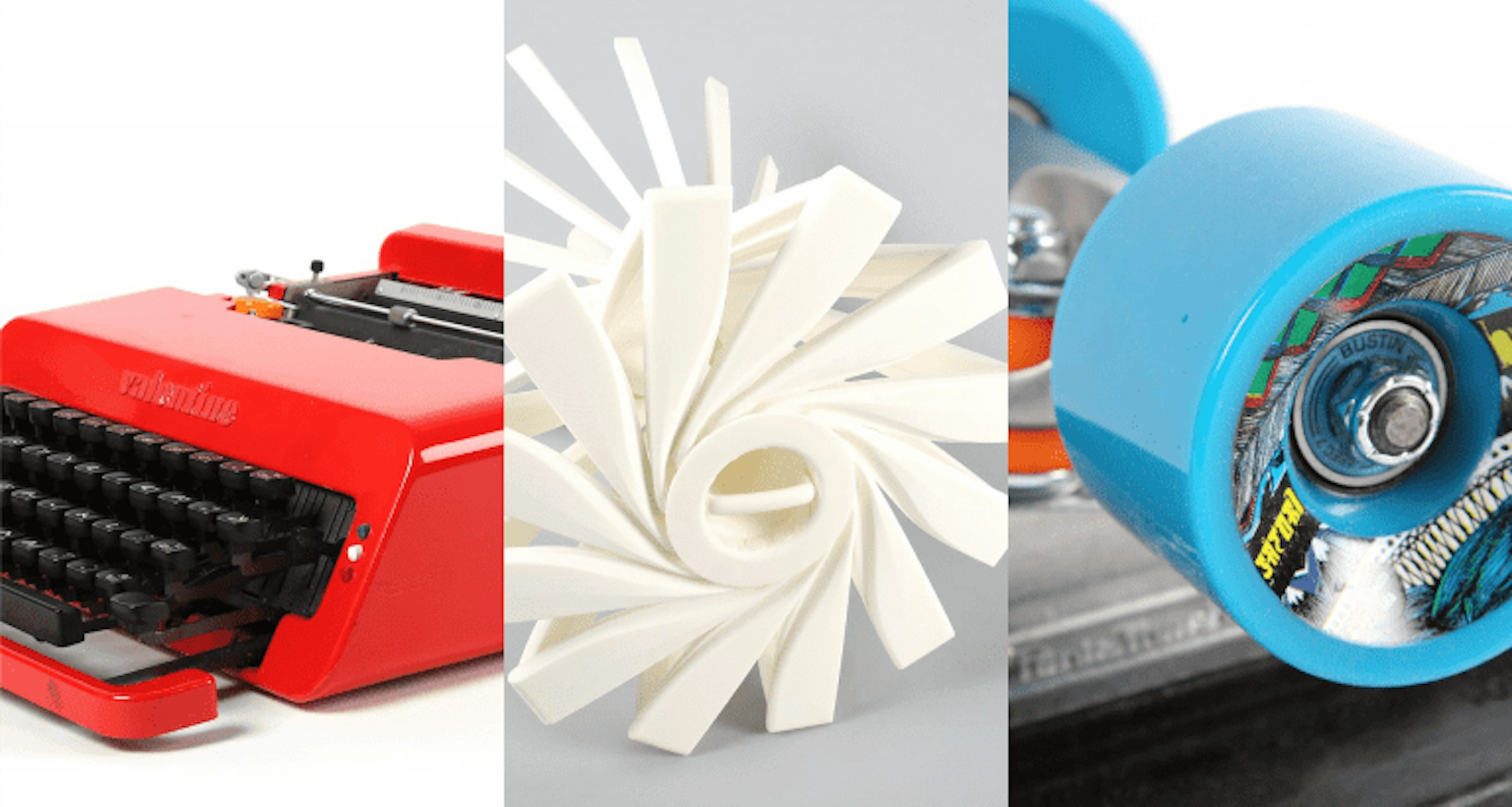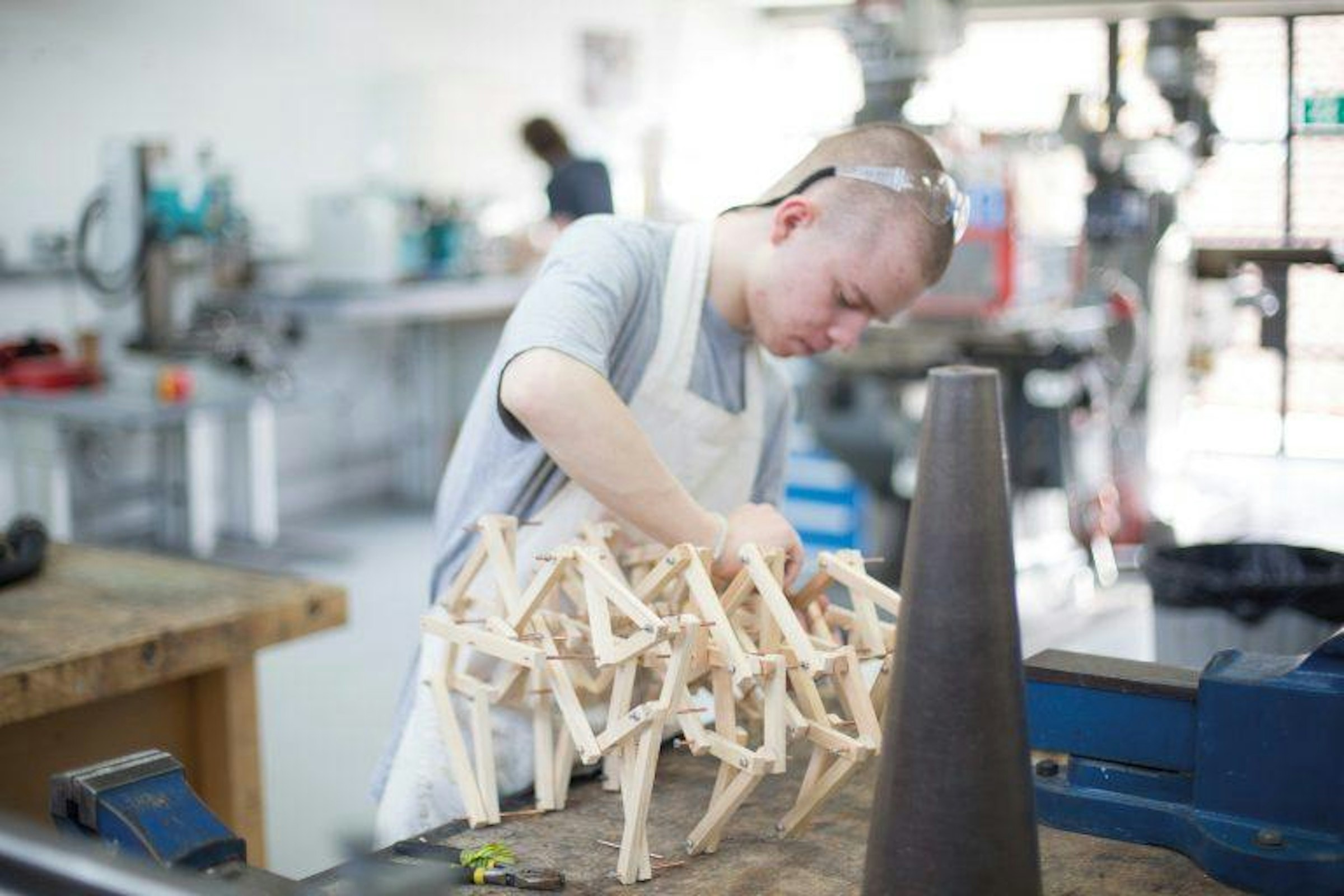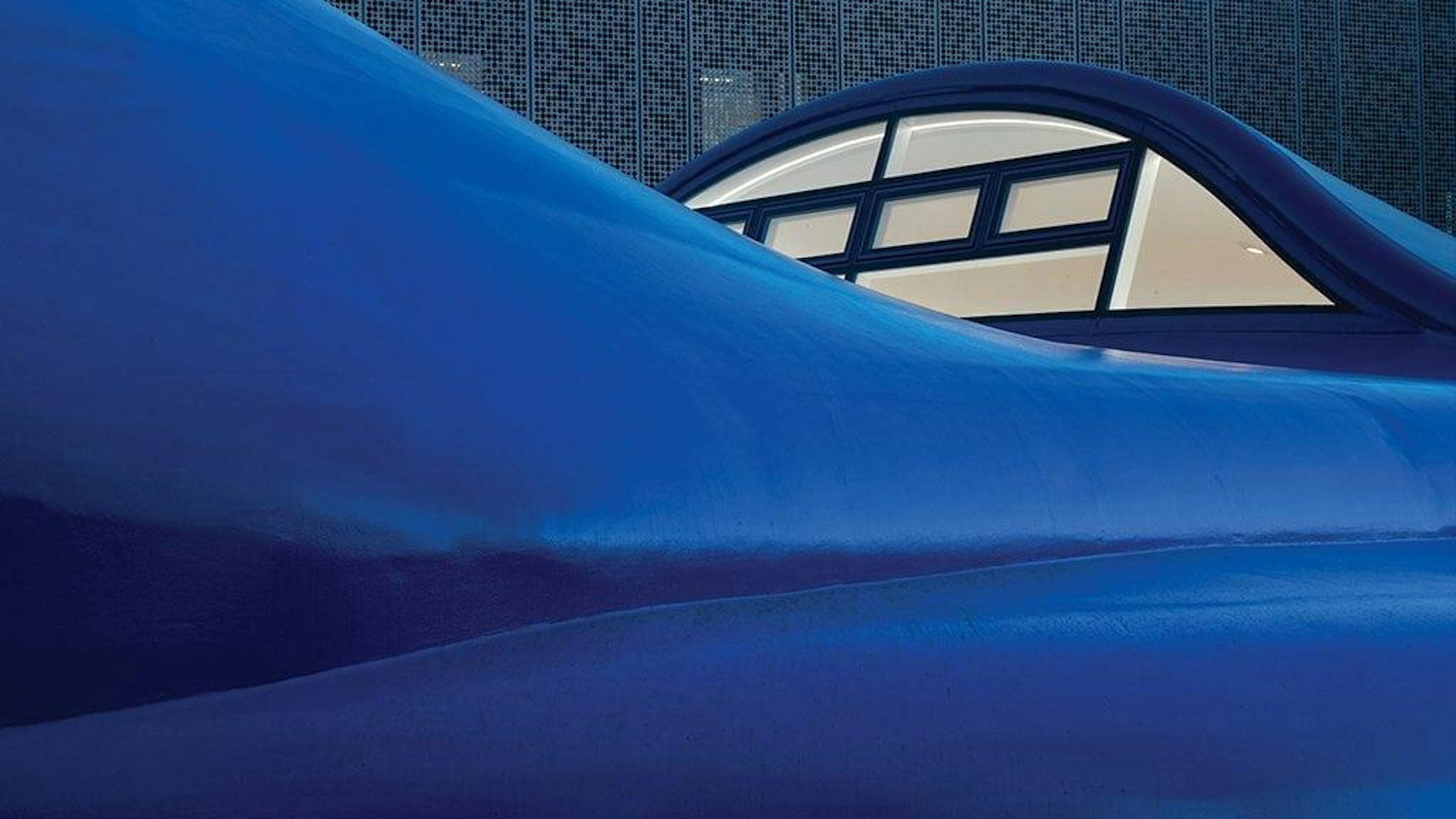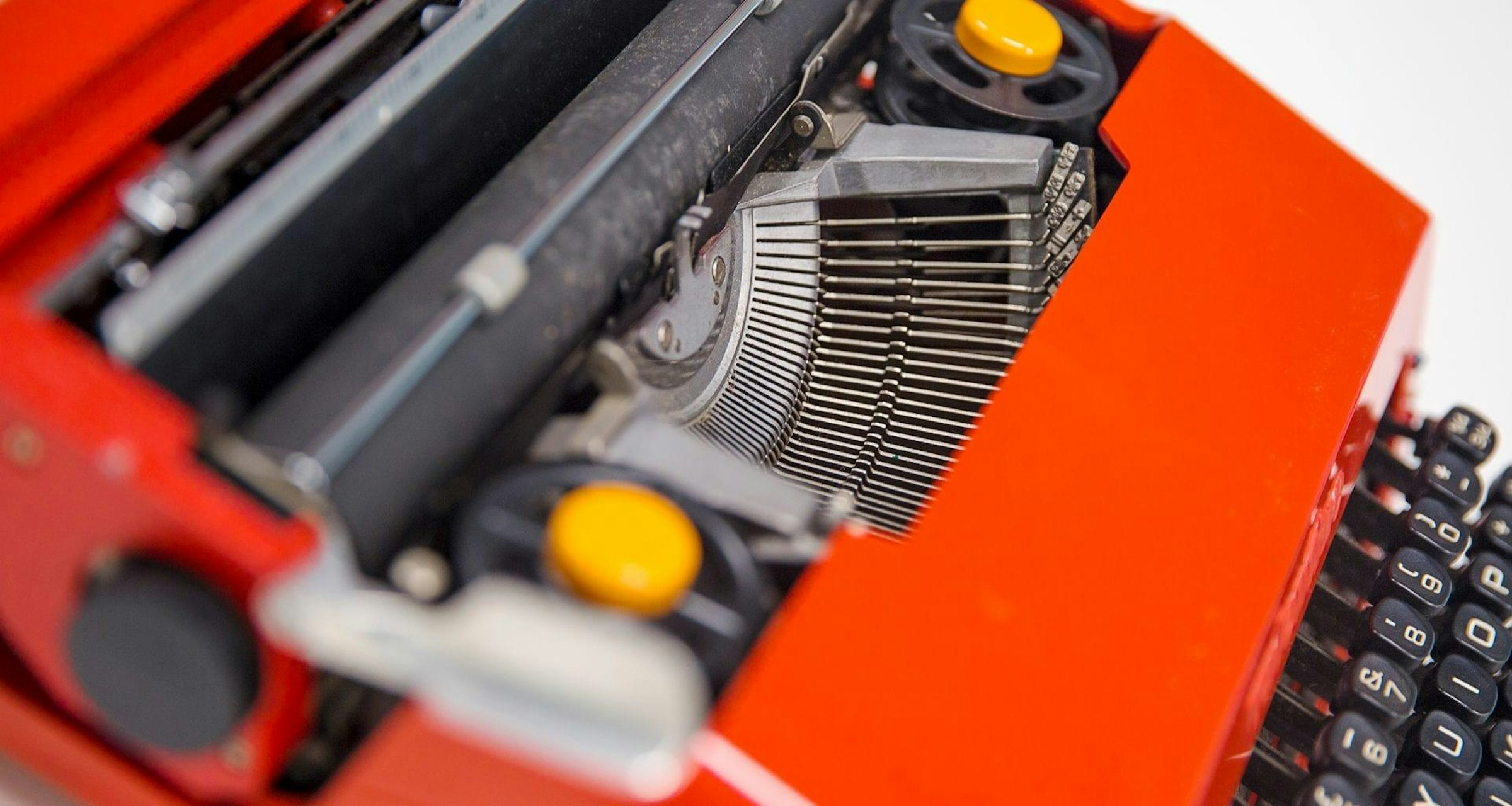
The ‘Quick Pitch’ pop-up tent started as a student project in 2004, how did the idea for it come about? Did you think it would become such a popular and widely used product?
In my final year project at university, I was struck with an idea. I had a really exciting conversation with one of my tutors at the time about what I wanted to get out of my degree and how I could make my project more exciting, and the Quick Pitch pop-up tent was born.
Being young at the time, I loved festivals and had recently wrestled with a really unruly tent the summer before I started the project, so the idea stemmed from there.
The exciting element about the project was that it was then developed into something that was sustainable, too. I designed a tent that was made out of a biodegradable membrane, with a structure on the inside that could be taken out and recycled.
The whole concept was that, as a festival-goer, you would buy your festival ticket, buy your festival tent, and you wouldn’t have to drag it there on the train. You would arrive, pick up your tent, and then you’d sleep in it. You could even sit on it during the Festival!
Another thought was that the tent could be specifically branded. So for example, it could be exclusive to Glastonbury Festival, and that would mean that you’d be less likely to leave it behind.
Tens of thousands of tents get left behind at the end of every festival every year, and this was something that needed addressing. With this in mind, we designed the tent so that it could be taken to an industrial compost heap if people didn’t want it anymore. This could then be turned back to soil!
So how did you take this idea and this great creation to the market?
The university I studied at had a really good department that was solely responsible for helping students and their staff commercialise their intellectual property, so that was the start.
I was then approached by the team and they asked if I wanted to do something more with my product. Then there was an exchange between this department of the university and I, in terms of intellectual property, in terms of viability of the design, and they helped me do the research. After a year and a half of research and approaching potential buyers, we had two student prototypes and two commercial prototypes made.
We found out in the process that we couldn’t patent the design for a number of reasons, but we could register the design. The design was put into the registered design base and was then accessible to the world. After that, we had requests from a range of buyers stating that they’d seen our designs and were interested in the concept.
How did people get in touch?
We were approached by a company that we’d worked with for many years. They came to us and said that our design was exactly what they wanted for their new range.
Instead of selling our idea, we ended up creating a licence agreement, which meant that companies had the rights to all the intellectual property were able to work with us over the course of ten years.
The first business to stock the tent in limited numbers was Oswald Bailey, who are now part of the Blacks Outdoors Group.
How important is it for products to be designed sustainably?
Very. I think the fact that we’re talking about design and sustainable design as two separate things is a travesty. Every product that is designed today, and in the future, should go through analysis that determines whether it is a sustainable solution or not.
A designer should think about the sustainability of the product that they are designing. The sustainable choice might be that there isn’t a product at all, and it should be as simple as that.
I think the design industry is going through a really exciting phase at the moment, but we might just be designing ourselves out of a job in a way!
Do you find that today’s students are now more aware of a need for products to be designed and produced sustainably?
I think so. The climate emergency has been so prominently supported by David Attenborough’s Blue Planet and Planet Earth 2. Having such people talking about a climate emergency and the issues with single-use plastic has been great.
It’s in the mainstream media in such a way now that students and young people are aware of it. People like Greta Thunberg are leading this teenage revolution and there’s a real urge to do better for the good of the planet, which is really important.
I think the students joining us in design hereon in are going to be particularly exciting students, because they especially have the environment and our planet at heart.
How do ideas and iterations evolve into a final product?
Usually it comes as a result of more than just one idea. However many iterations you go through, on occasion, it’s the first idea you have that takes form.
Sometimes, it’s about changing the perspective, or looking at the narrative of the problem you’re solving. It can also be about listening and talking to people, having the ability to evolve a concept, and at times, being confident enough to scrap the idea.
Are most ideas inspired by observations made of real-life?
I think that’s very important. Talking as an educator rather than a designer, when you speak to design students there seems to be a common misconception.
We all want to change the world, but there’s a limited amount of time designers have for such projects. If you’ve got the ability and the time to observe the space around you, you don’t need to go to sub-Saharan Africa to solve water or hunger issues.
These are big issues, but we get to them later on when we build more rapport as a designer. I often say, when someone gets really stuck on a project: “Go and spend a day outside, take the bus, have a walk around the town centre, go shopping, observe, see what people are struggling with.”
That’s where your greatest inspiration can come from – these are relatable ideas.
What do you hope the new Design courses (both BA and MA) will bring to AUB, that will set it aside from other universities?
We all need to change, we all need to move on from traditional product design and industrial design – a segregated side of thinking. I think it is really important that we are truly trying to do something that is more collaborative with our courses.
For the BA, hopefully, it will allow students to be a bit more experimental and a bit more explorative and a bit riskier with their designs, because hopefully there will be less box-ticking in terms of what the need to achieve over the course of the years that they are spending with us.
The other slight difference to long-established design courses is that we are looking from a skills point of view at being more open to negotiation when it comes to projects and final year projects.
There’s a desire to give students the opportunity to work in teams more, if they want to, because that’s what they are going to be doing when they go into the professional world. Very rarely are designers going to be working as an individual in trying to solve problems.
The other thing is to understand that not all designers have the same skills. There are designers who are great at the front-end and who are full of ideas but may not be so good at the execution and the making of things.
That doesn’t mean they are bad designers, it just means that they are especially good at one part of the design process. Giving those people the opportunity to explore their ideas at the start, and then giving them alternatives to solving their project further on, or, maybe giving them the opportunity to write about their work, rather than producing the finished artefact.
The MA looks at giving students the opportunity to explore the theory of design. Yes, they have the opportunity to create and if that’s part of their exploration, we have the facilities and we welcome that. But if you’re principally a designer who’s not so much of a maker you still have the opportunity to come up with a great project through exploration and investigation, perhaps without the physical creation of an artefact.
There are lots of different levels to being a designer aren’t there?
It’s very, very complicated, that’s why when people ask what design is, I can’t answer it. It’s impossible. I can’t teach someone to be a designer, you have to have that inquisitiveness in you to start with.
A massive part of studying at AUB is cross-course collaboration, is this something that will be available on either of the MA or the BA design courses?
Courses differ every year, and although there’s a core element that stays the same, the courses themselves are quite fluid. With the BA and the MA we are looking quite closely at working with modelmakers for example, because modelmaking and design are so intertwined.
There are definite opportunities to teach modelmaking and design students at the same time so that they can share content, but they can also share projects, maybe during a project where the designers have a role and the model makers have a role and they can work together.
The big aim for both programmes and for the future of the masters is collaboration across campus, not just between industry and the course.
Is learning how to be an entrepreneur a big part of both of the Design courses and is looking at starting your own business touched upon?
I think so, specifically during MA studies. The MA for us is an opportunity for someone who wants to create their own creative business. The focus is closely entwined with entrepreneurship.
There are also elements of collaboration, there are also elements of team working, elements of what it takes to run a business and set up a business.
We want to introduce people to the idea that they don’t have to come out of university and find a job, I think it’s the encouragement and giving them the security that even a third year BA Design student has the ability to create their own future and pave their own path.
There are designers that focus on great products, but there are also designers that are more motivated by financial gain – is there a balance to be struck between the two?
I think it goes beyond the designer at that point – I think the design industry itself is quite a way off of striking this balance.
As a society, we’ve become so accustomed to everything being accessible all the time. For example, we turn up at the supermarket unprepared without a shopping bag, so we buy one. What would you do if there wasn’t a bag available (reusable or not)? You’d have to get into the habit of bringing your own one, or you’d find a box to put your shopping in.
It’s a slow process. There has to be a multi-disciplinary element, where legislation, design and education all need to come together to figure out really quick solutions.
Hopefully, people can keep up momentum. We are in a spike at the moment, and it’s going to take a lot of energy and a lot of persistence to keep this going, it’s fashionable in a way.
Do you think old consumer trends and habits can be changed? Are they already changing?
Yes, I think they can be changed and I think they are changing. The problem we are having is when people look at the sustainable choice against the affordable choice. This is where we face a big challenge.
I think there are more people out there who would love to be more sustainable, but simply can’t afford to be, and again, that is a societal and governmental problem.
Unless we find a solution to making sustainability affordable, nothing is going to change.
Do you think it is possible to design sustainable products for an affordable price, or do you think it inevitably becomes a more expensive process?
I think we need to understand, after being used to having everything so cheap, that it simply isn’t sustainable.
That’s one element of it – we need to travel back to the days when everything wasn’t just available, it wasn’t actually possible.
I think that, as a societal change, that’s a massive thing to ask. People have grown up into a generation of twenty-year-olds that have grown up with everything available to them. Even as someone a generation older, I’ve had everything available to me my whole life.
The big questions are about asking whether this availability has to stop, how it could stop and whether there’s a reluctance by big corporations to help the process. Personally, I don’t think it’s going to happen quickly.
Learn more about BA (Hons) Design.



